- Creatine is a safe and effective supplement that supports strength, performance and regeneration, also in women.
- It does not cause uncontrolled weight gain, but only supports the building of lean muscle mass.
- It can have a positive effect on metabolic health, cognitive function and well-being in women.
- Creatine supplementation is particularly recommended for active people and women on a plant-based diet.
Creatine is a naturally occurring chemical compound that plays a key role in cellular energy production, especially during intense exercise. Although the body produces it on its own in small quantities, additional supplementation can significantly support performance and recovery – as confirmed by numerous scientific studies. The benefits of taking creatine are felt by both men and women, who are increasingly turning to this supplement.
Until recently, creatine was mainly associated with strength-training men, but this attitude is rapidly changing. More and more women are turning to this supplement for better training results, physique support, as well as improved wellbeing and metabolic health. Women’s creatine is gaining popularity not only in the sports environment, but also in everyday life. The increase in interest is also the result of a growing awareness that creatine does not lead to ‘gaining weight’ uncontrollably, and that it can have many tangible benefits.
What is creatine?
Creatine belongs to a group of organic compounds that are naturally formed in the human body as a result of the transformation of three amino acids: arginine, glycine and methionine. Its main storage site is in skeletal muscles, where it has a key function in the regeneration of ATP – the primary source of cellular energy used during exercise.
Natural sources of creatine in the diet are animal products, primarily meat and fish. Supplementation of creatine leads to an increase in creatine stores in the muscles, which can translate into improved physical performance, faster recovery and increased muscle strength. A growing body of research also suggests that creatine for women supports cognitive function, metabolic health and may have a beneficial effect on bone mineral density – which is particularly important in the context of women’s health.
Recommended reading article: Creatine – what is it and how does it work? Types, uses and how to use?
Is creatine only for men?
For many years, creatine functioned in the public consciousness as a supplement intended mainly for men – especially those building muscle mass and strength training. This was influenced both by marketing campaigns aimed almost exclusively at men and by stereotypes that identified ‘creatine’ with bodybuilding, muscular physiques and strength sports. Women have long been excluded from this narrative, often discouraged by misconceptions that creatine supplementation leads to ‘mass gain’ or ‘swelling’.
Meanwhile, numerous studies show that the effects of creatine are not gender-specific – women can derive the same, and in some aspects even greater, benefits from supplementation. This includes the protection of muscle mass when reducing body fat, support during periods of intense training, as well as in the context of cognitive and hormonal health.
The increased interest in creatine among women is also a result of changing attitudes to physical activity. Strength training is no longer the domain of men, and more and more women are turning to strategies to support strength development, body shape improvement and functional fitness. Creatine supplementation fits into this trend as an effective, well-researched and safe tool.
Nowadays, the scientific and dietetic communities agree: creatine is not a supplement “for men” – is a supplement for men, and its use should be tailored to individual goals, not gender stereotypes. Creatine for women, regardless of activity level, can be a safe and effective support for training and health.
Benefits of taking creatine for women
Creatine supplementation can have a number of benefits for women – both in regular training and in terms of overall health. Importantly, most of these effects have been confirmed in studies involving women, which breaks down the previous perception that the supplement only works in a ‘male exercise model’.
Increased strength and endurance
Creatine increases the availability of phosphocreatine in the muscles, which allows ATP – a key energy molecule – to regenerate faster. In practice, this means being able to perform more repetitions, lift heavier weights and maintain the intensity of the effort at a higher level. Women using creatine supplementation show statistically significant strength gains compared to the placebo group.
Improved recovery
Regular use of creatine can reduce the time needed for recovery between training series and after intense exercise units. Research also suggests that creatine can reduce markers of muscle damage and feelings of fatigue after training.
Supporting the development of lean muscle mass
In strength-training women, creatine promotes an increase in lean body mass without a concomitant increase in body fat. This is not about excessive muscle ‘bulking’, but about improving the quality and firmness of the physique – an effect often desired in both strength and functional training.
Potential effects on cognitive function
A growing body of research indicates that creatine has a beneficial effect on the nervous system and cognitive abilities – especially in situations of stress, fatigue or sleep deprivation. In women, this may have additional relevance in the context of hormonal fluctuations, menopause and the risk of neurodegenerative disorders.
Aesthetic and functional benefits
Although creatine is not a weight-loss supplement, it can support fat reduction by improving training capacity and preserving muscle mass. The result is better muscle definition, firmer physique and increased mobility – which translates into quality of life, not just appearance.
Does creatine cause ‘mass gain’ in women?
Fear of weight gain is one of the main reasons why women opt out of creatine supplementation. This is often due to a misunderstanding of what this ‘gain’ actually is and what is behind it.
Creatine and water in the muscles
During the initial supplementation period (usually within the first 1-2 weeks), a weight gain of 0.5-1.5 kg may occur, which is not related to fat deposition, but to intracellular water retention in the muscles. Creatine increases phosphocreatine and this binds water in muscle cells – a physiological and desirable process as it improves the metabolic environment for muscle regeneration and development.
Importantly, this water is not stored subcutaneously, so it does not cause swelling or a ‘swollen’ appearance, as is sometimes misinterpreted. On the contrary, greater hydration of the muscles can improve their firmness and volume, resulting in a more aesthetically pleasing silhouette.
The difference between body mass and body composition
It is worth noting that an increase in body mass does not always mean a worsening of the physique. Creatine can increase lean body mass while promoting fat reduction, leading to a beneficial change in body composition, regardless of the number on the scale.
Individual body response
The response to creatine can vary. Some women may notice no change in weight, while others will experience a small, temporary increase. However, in clinical trials, these differences are considered harmless and transient, and the benefits of supplementation far outweigh the potential discomfort of seeing numbers on the scale.
How to use creatine – form, dosage and time of day
The most effective and best researched form of creatine is monohydrate. It is this variant that has been used in most scientific studies and is considered safe, effective and best absorbed. Foodcom Creatine is also available in this form. Its simple composition and convenient powder form make it a practical solution for both those training regularly and those just starting supplementation.
How much to take?
A constant daily dose of 3-5 g of creatine monohydrate works best. There is no need for a so-called saturation phase – slow, systematic muscle saturation is just as effective and gentler on the body.
When to take?
Although the time of day is not crucial, creatine is worth taking after a workout or with a meal, which can promote better absorption. On non-training days, simply take at a consistent time.
The most important thing is regular use. Daily supplementation allows you to maintain a constant level of creatine in your muscles, which translates into better training results and recovery.
Is creatine safe for women?
Concerns about the safety of creatine – especially in women – often arise from misunderstandings and outdated information. In fact, creatine is one of the best-researched dietary supplements in the world. Many years of clinical studies conducted on athletes and physically active people show that its use is safe for healthy adults, including women.
Creatine has not been shown to adversely affect kidney function, liver function, hormonal balance or the menstrual cycle in healthy individuals. On the contrary, some studies indicate that it can support brain function, improve working memory and promote metabolic health, which is particularly important in peri-menopausal women.
Potential side effects
Some people – regardless of gender – may experience mild and transient gastrointestinal complaints such as bloating or a feeling of heaviness. These most often relate to too high a single dose or insufficient dissolution of the powder. This is why it is recommended to take 3-5 g daily, preferably with a meal.
Pregnancy, breastfeeding and chronic diseases
The use of creatine by pregnant and breastfeeding women has not been sufficiently studied. Although there are some preliminary data from preclinical studies, there is currently a lack of high-quality clinical studies in this group. For this reason, women during these periods should consult their doctor about supplementation.
Similarly – people with kidney disease, urinary disease or chronic metabolic conditions should discuss creatine use with their doctor or clinical nutritionist before including it in their supplementation.
Creatine and diet and lifestyle
Creatine is naturally found in animal products such as meat and fish. People on a vegan or vegetarian diet tend to have lower levels of creatine in their muscles, which has been confirmed in studies. Therefore, women following a plant-based diet may particularly benefit from supplementation, not only in terms of strength and recovery, but also cognitive function.
Importantly, most creatine supplements (especially monohydrate) are free of zoonotic ingredients, so are suitable for those on a vegan diet.
Creatine versus other supplements
Creatine can be safely combined with other popular supplements:
- whey protein or vegetableprotein – to support recovery and muscle building,
- BCAAs or EAAs – although not essential, they do not interfere with creatine,
- caffeine – contrary to old theories, there is no evidence that caffeine ‘blocks’ the action of creatine.
In practice, creatine works well with most supplements for physically active people.
Creatine and the menstrual cycle
Although the topic is not yet well researched, there are initial reports suggesting that creatine supplementation may support women during the luteal phase of the cycle (i.e. after ovulation), when there may be more fatigue and a decrease in performance. Creatine may then help to maintain strength and improve recovery.
Creatine is a good choice – also for women
Creatine is an underrated supplement in women’s supplementation, even though its effects are well documented scientifically. It helps to increase strength, improve performance, supports regeneration and can have a positive effect on the figure and cognitive function. Therefore, creatine for women is not just a trend, but a support for everyday functioning.
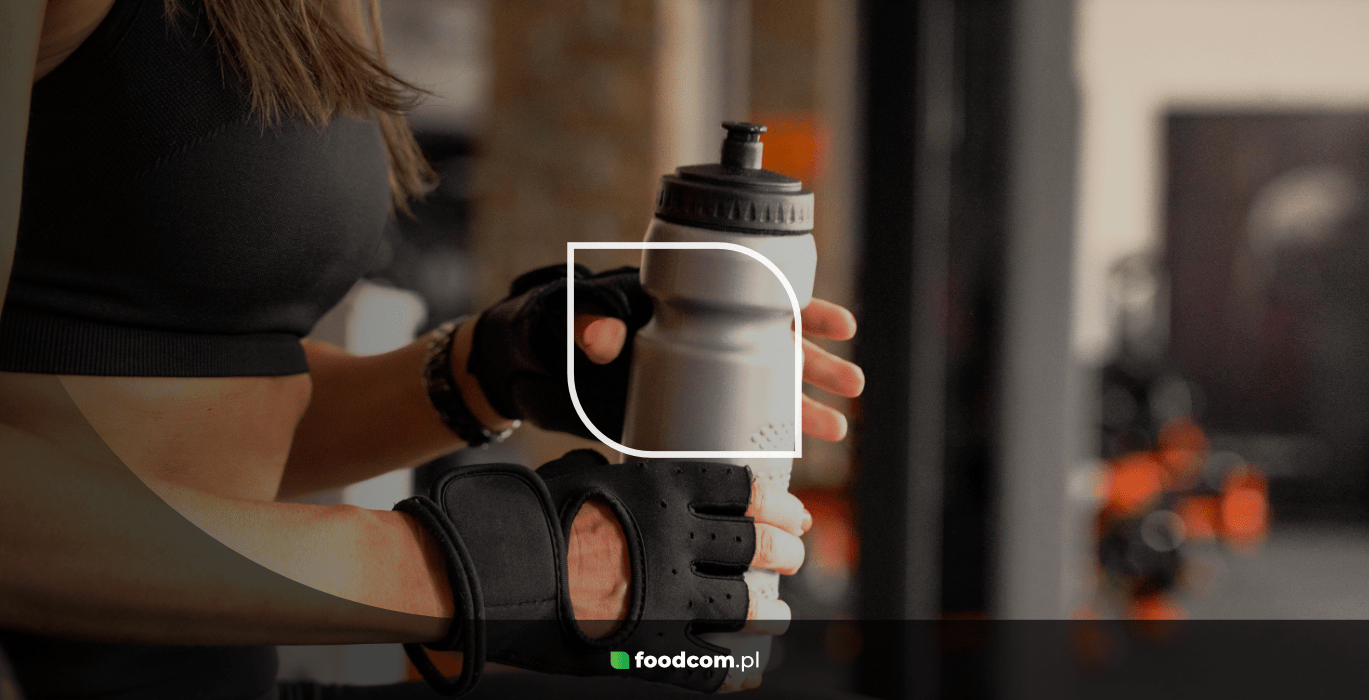
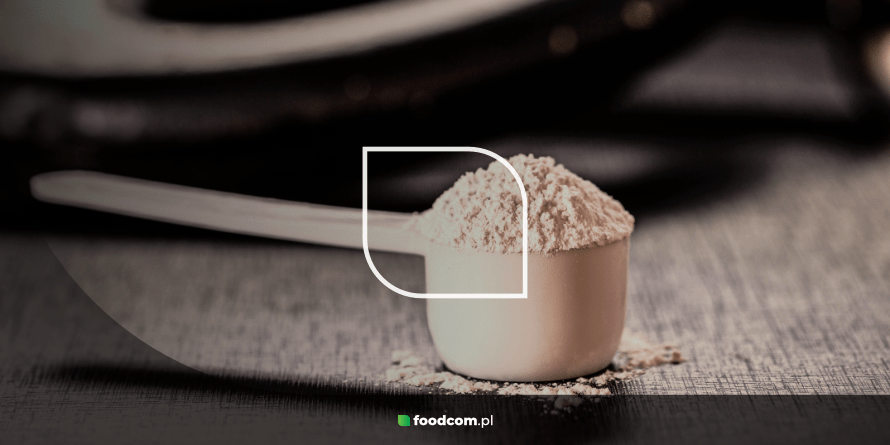


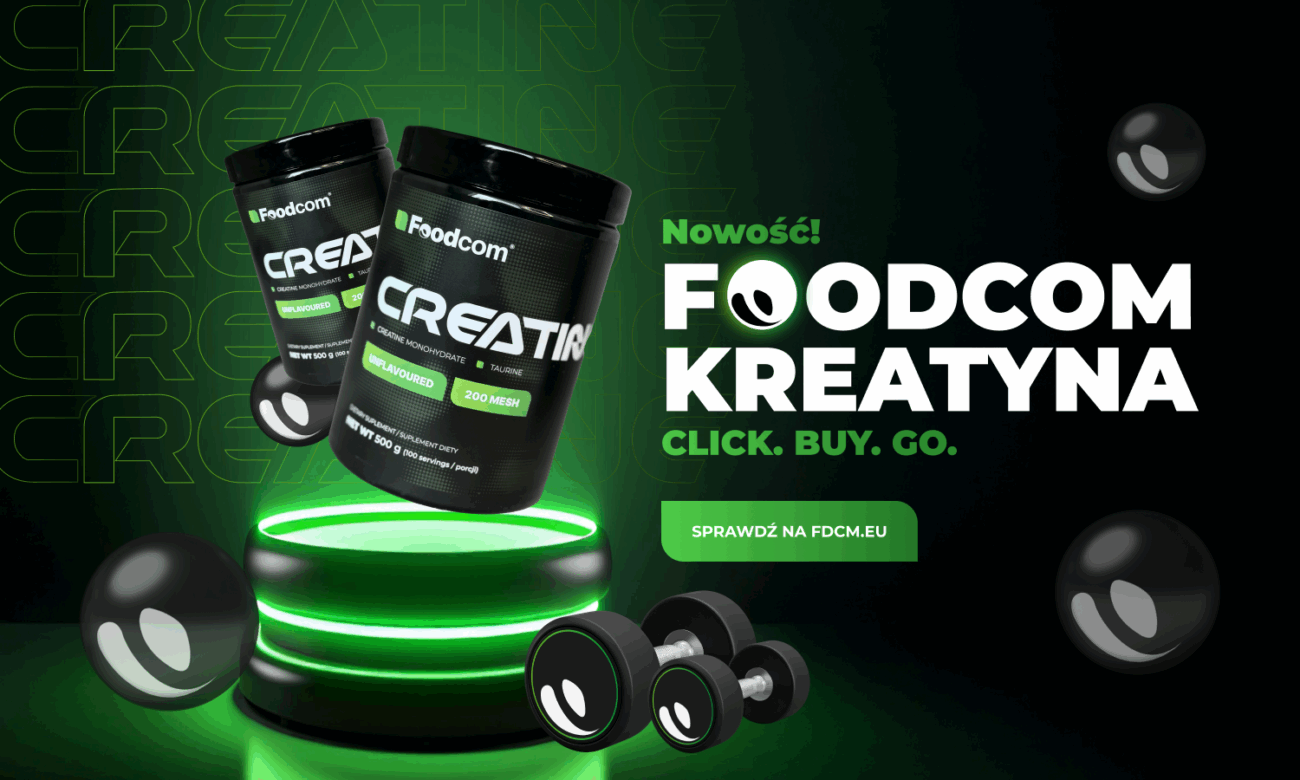
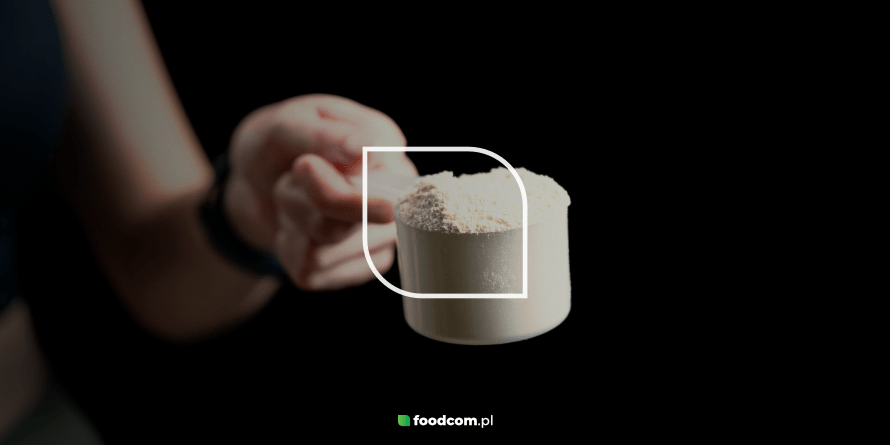
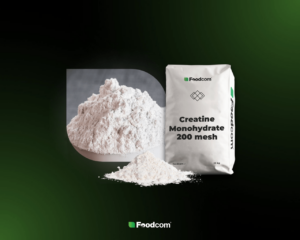


![Creatine Market Overview 2026 [Global Report] Creatine Market Overview 2026 [Global Report]](https://foodcom.pl/wp-content/uploads/2024/12/creatine-na-bloga-600x300.png)


